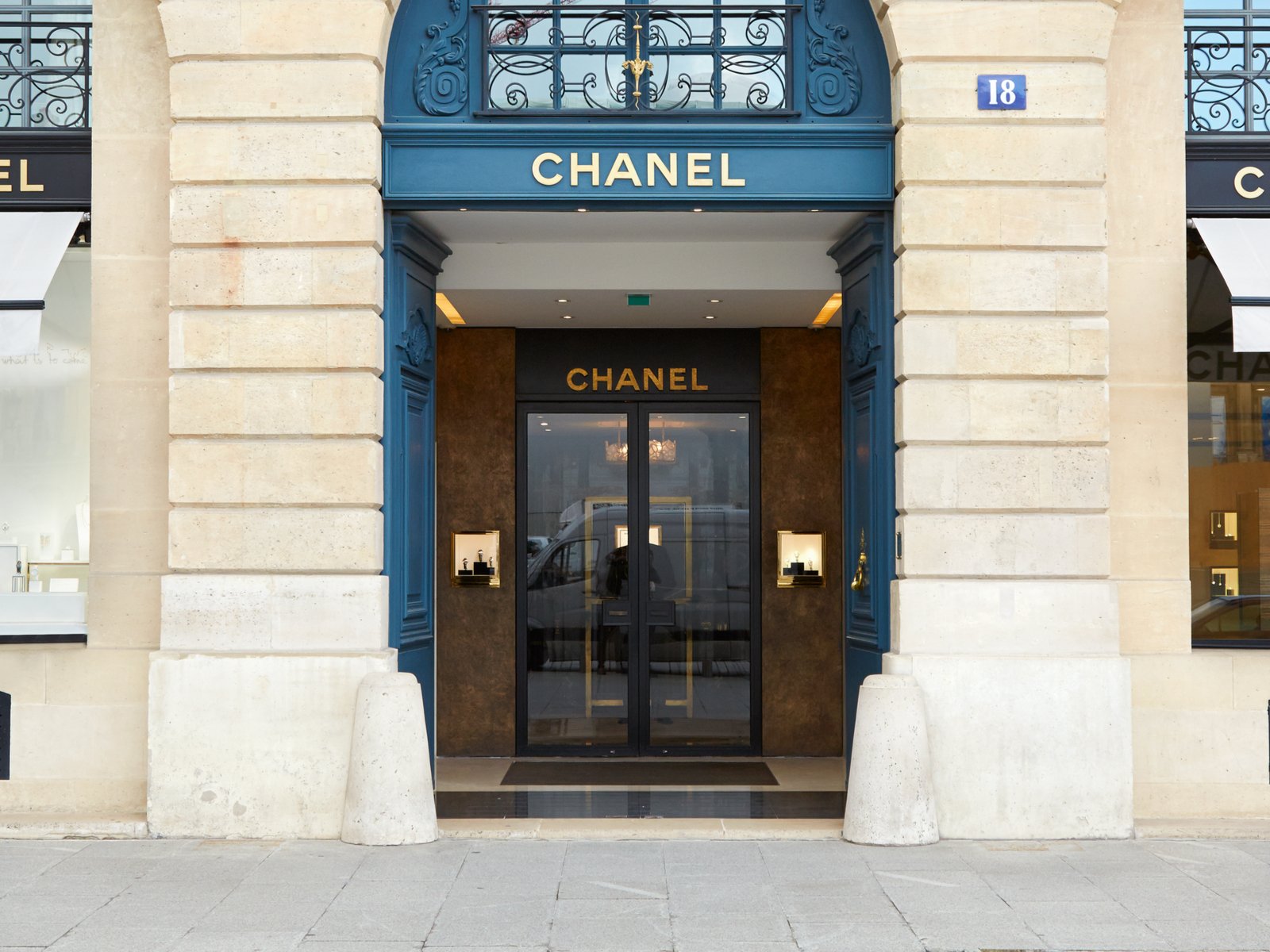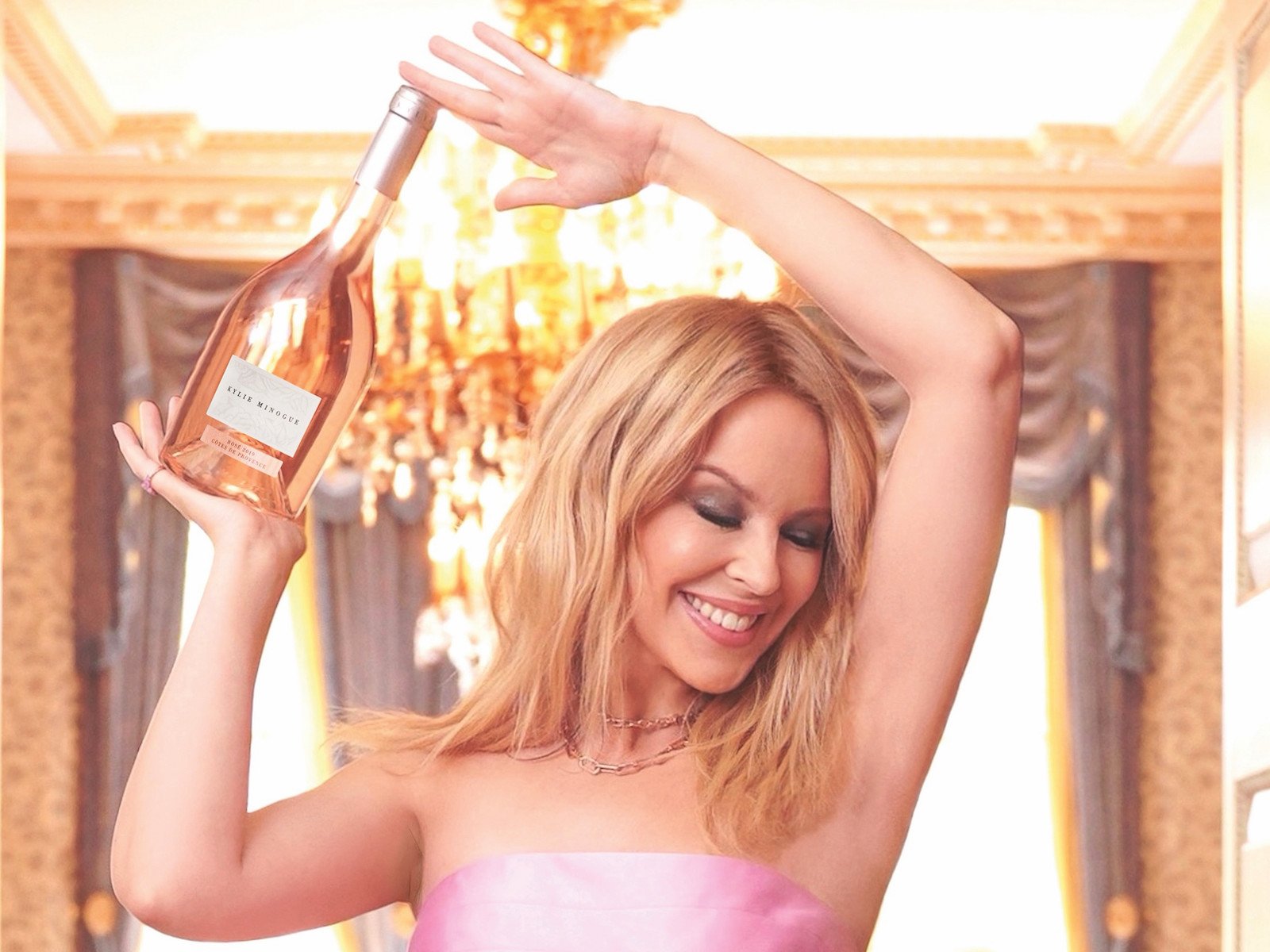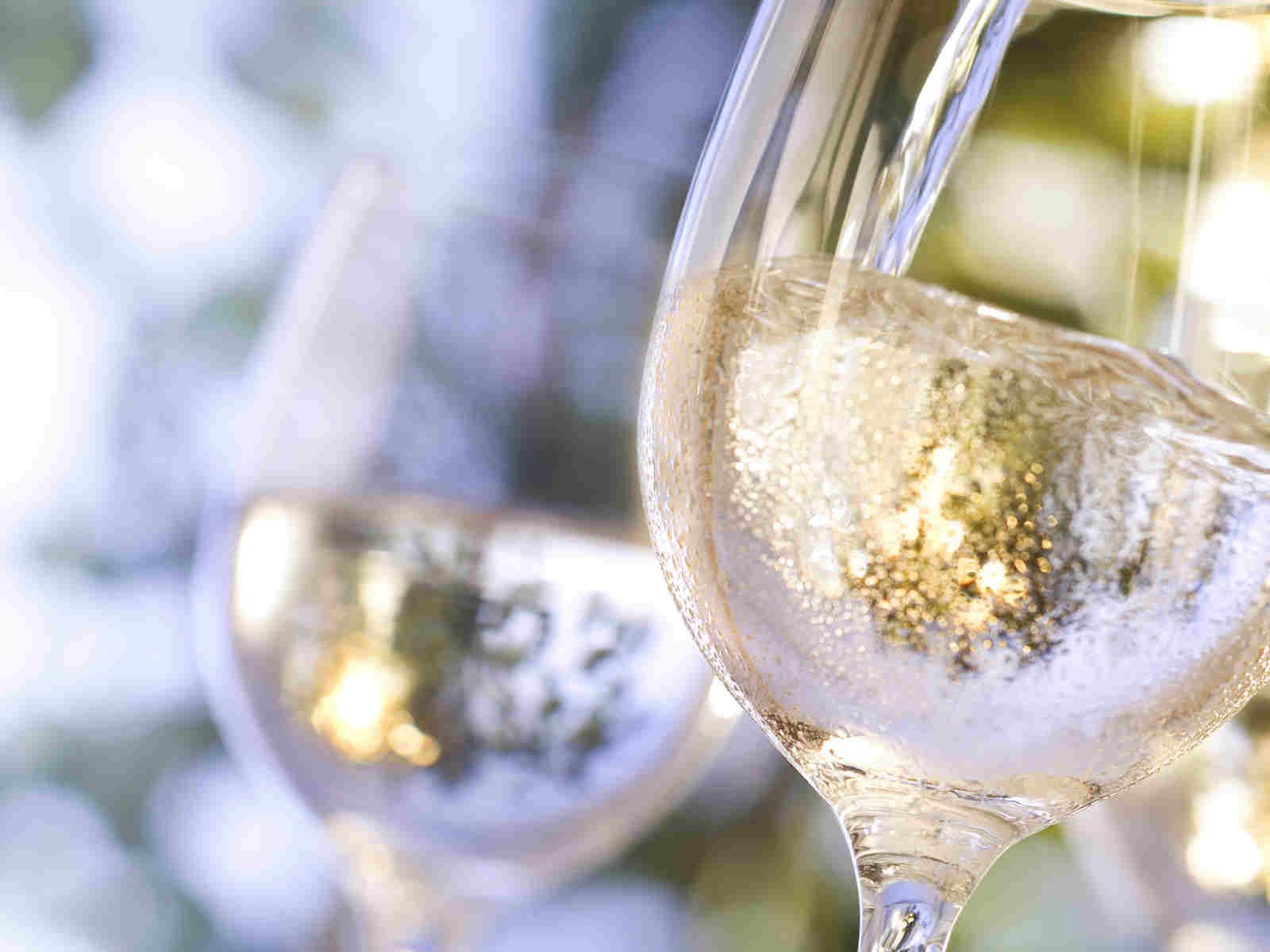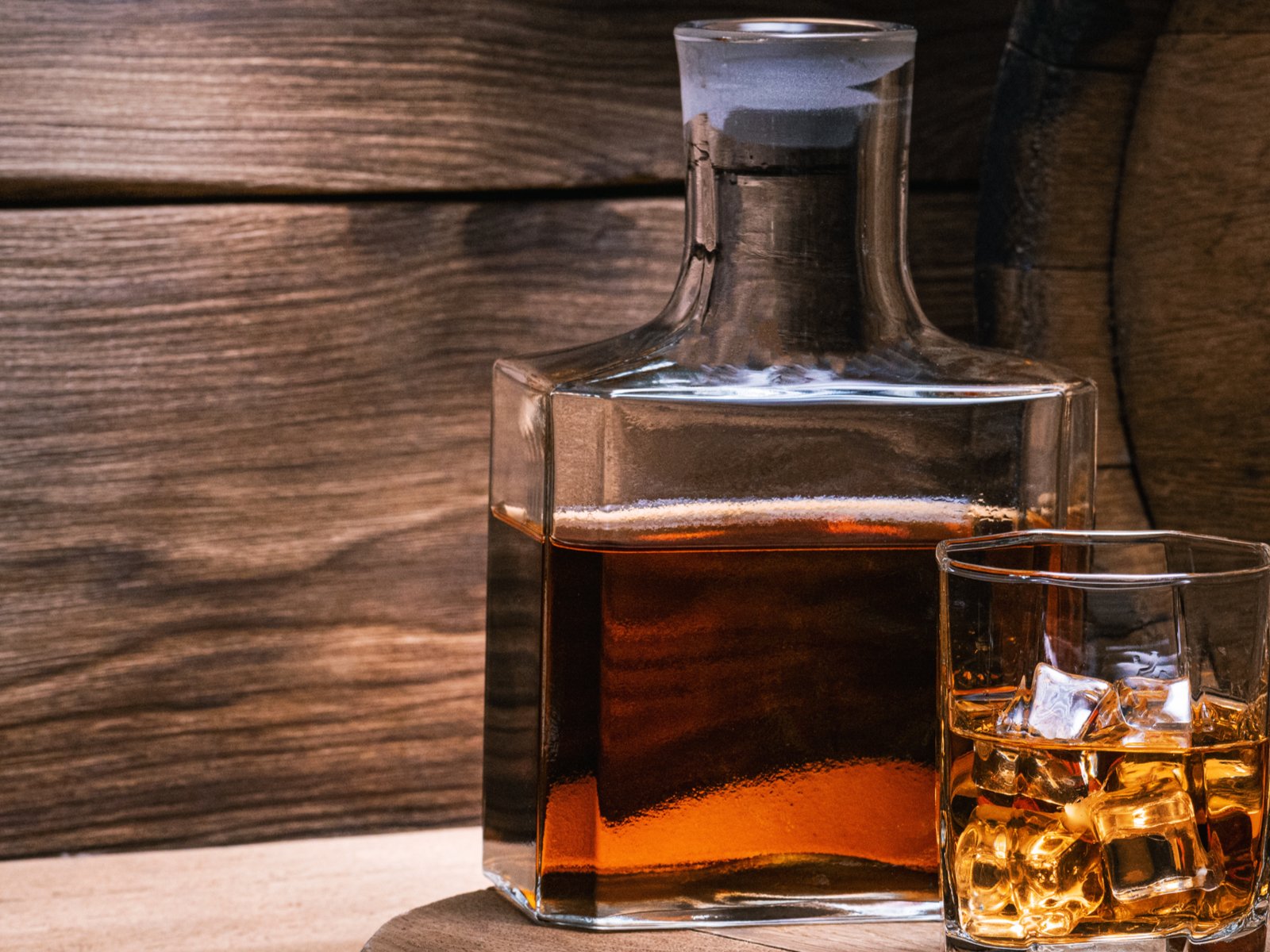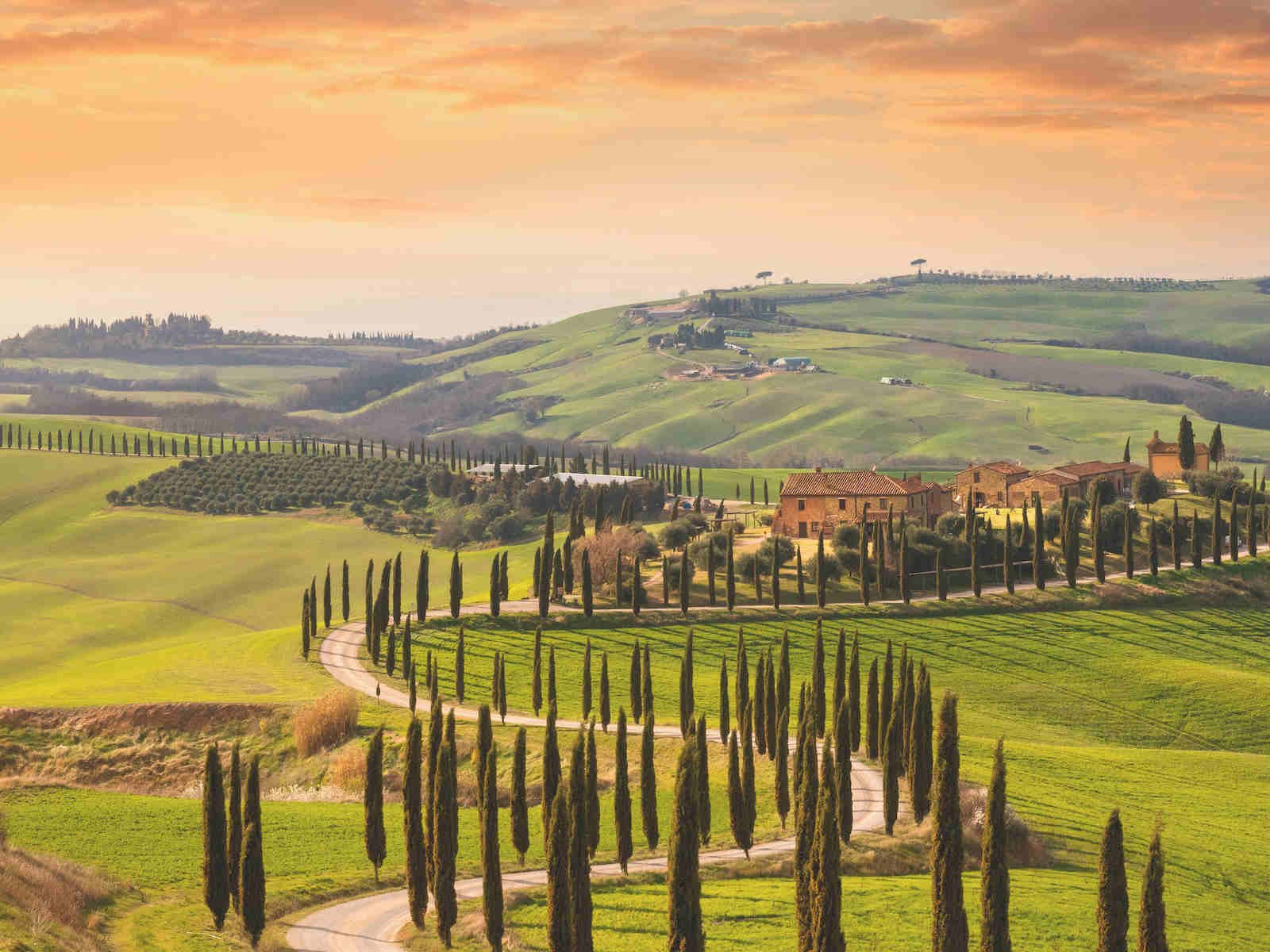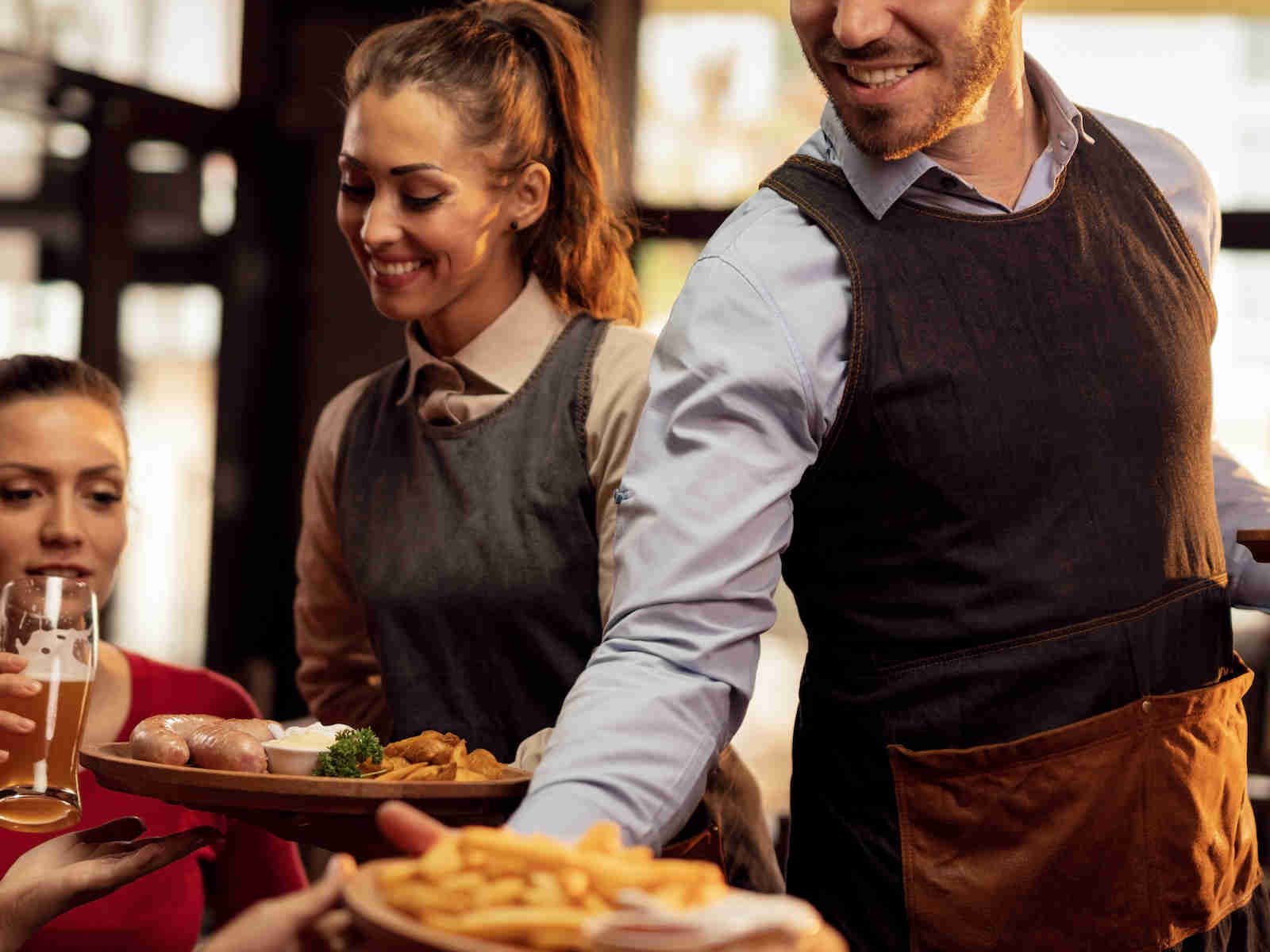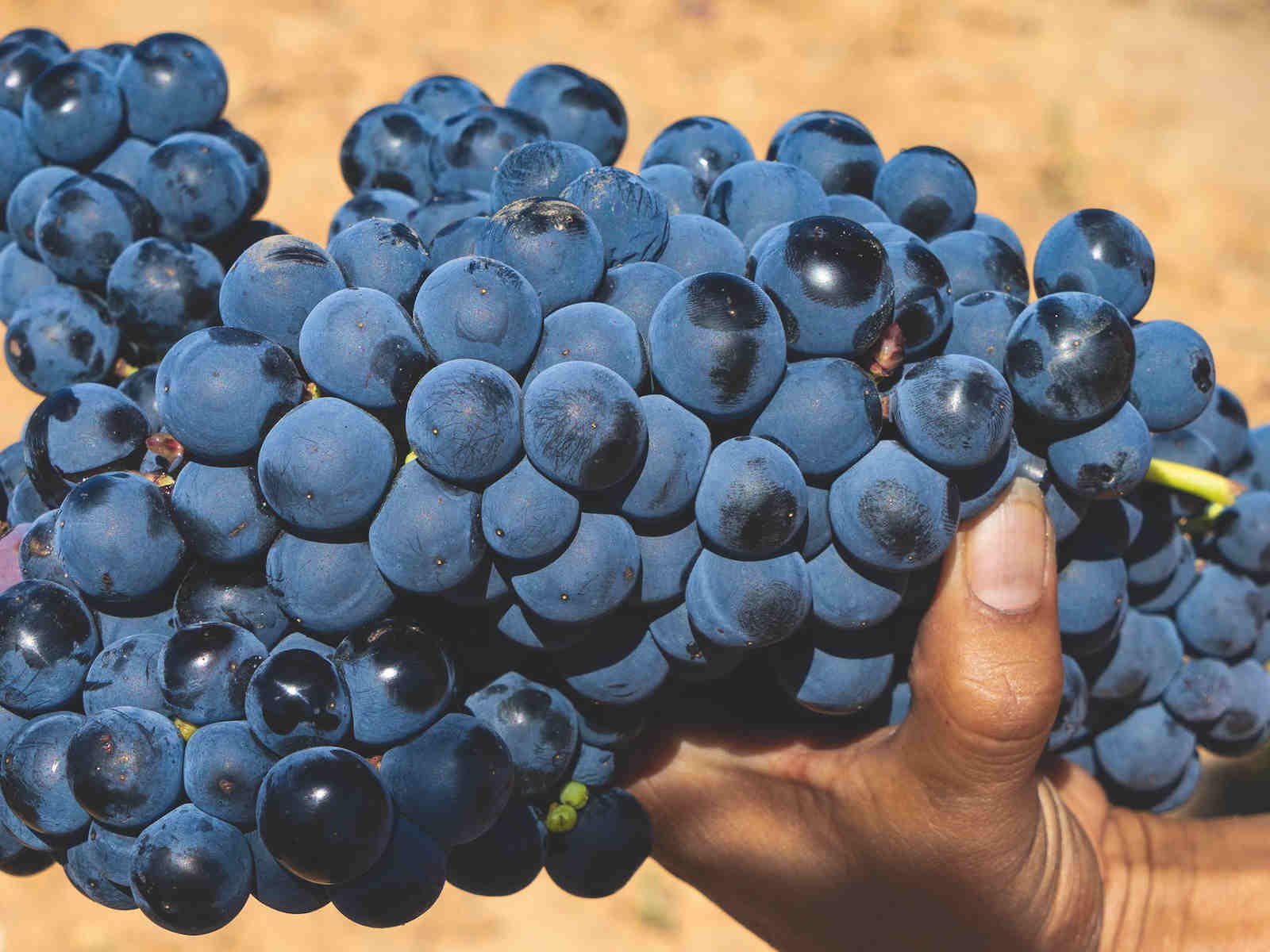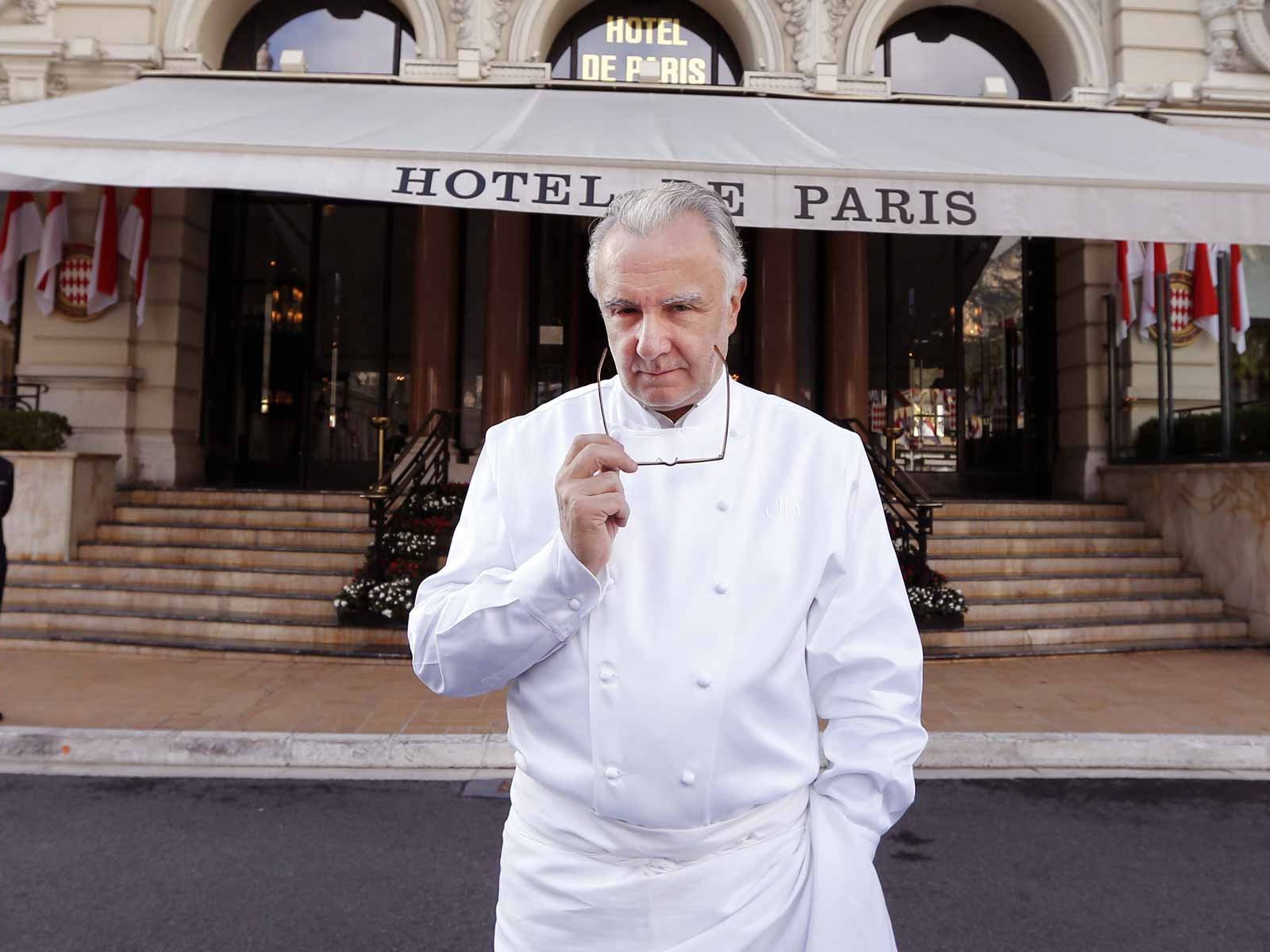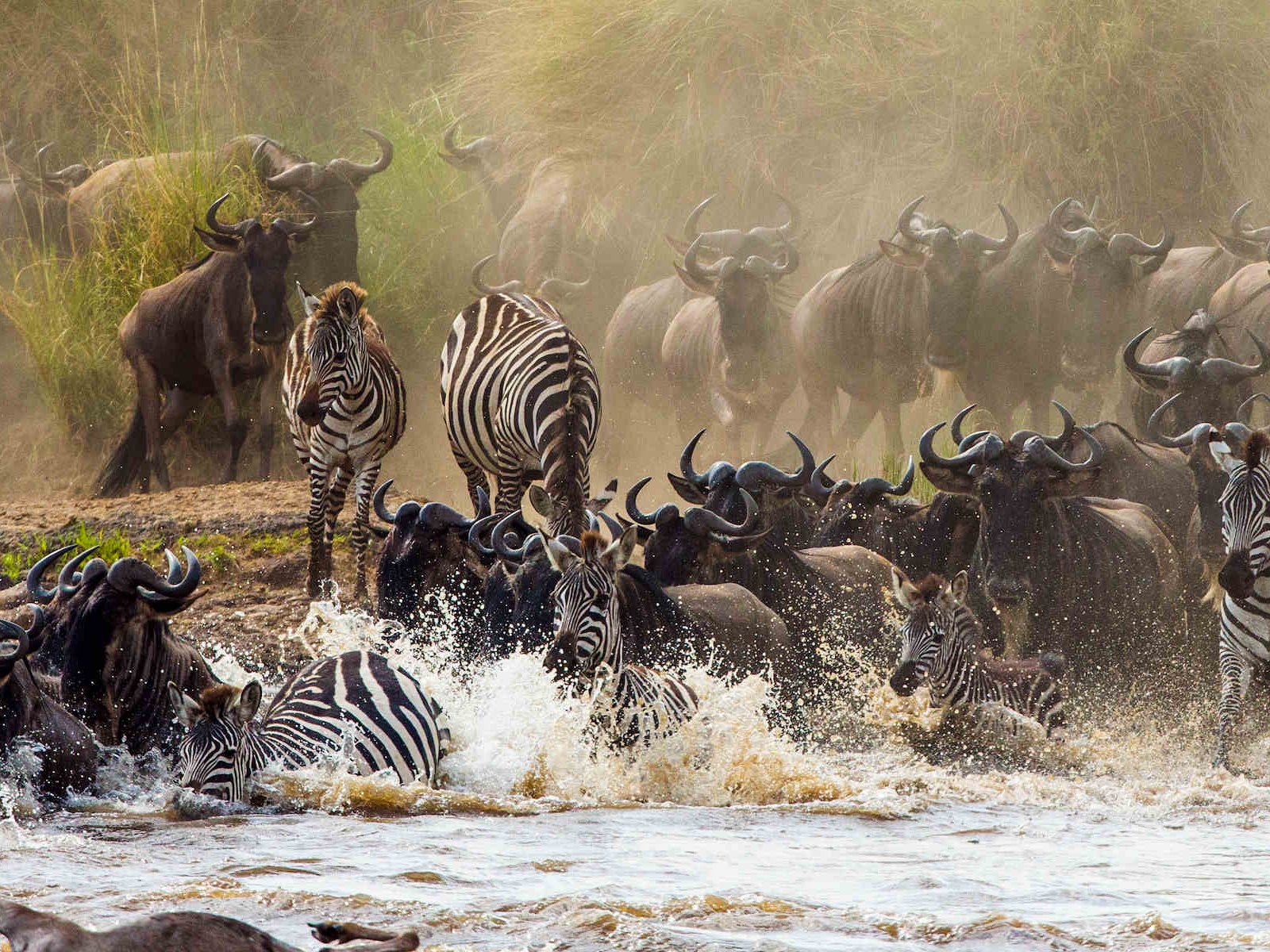Bordeaux: Taking a Fresh Look
Bordeaux is home to some of the world’s best, most long-lived and expensive wines. But are Bordeaux wines really beyond the reach of any but the wealthiest wine lovers? Falstaff investigates and finds a region that has much to offer in every respect.
Whenever you call Jan Thienpont on the telephone, the first thing you hear is the whistling of the wind. The winemaker and merchant is rarely found in his office and mostly in the vineyard. The 42-year-old tends the vines at Château Robin in the appellation of Côtes de Castillon and at Clos Fontaine in the appellation of Côtes de Francs – and makes wines at a price point of EUR 20 which are artisanal and absolutely solid refutations of the prejudice that Bordeaux wines are too expensive.
But Thienpont is also an astute observer of planet Bordeaux. There is not a single aspect of the business he is not familiar with. Like more than 50 other members of the Thienpont family, he is co-owner of the legendary Pomerol property Vieux Château Certan, he also is a second nephew of both Alexandre Thienpont, head of VCC, and of Jacques Thienpont, the owner of cult estate Le Pin.
Yet, at the broking business he runs with his brother Florian, he mainly distributes wines from far less exalted estates. The brothers’ wine range exemplifies a Bordeaux that is steeped in expertise and cultural awareness. It is exactly that kind of unflashy Bordeaux that was trammelled twice over the past 20 years: first it was deliberately ignored by the hype because it was neither blingy, exorbitant or excessive. Then later, when the hype turned into the backlash that is Bordeaux-bashing, this quieter side of Bordeaux was tarred with the same brush.
Hidden talents
Bordeaux still has estates that fly below the radar. Xavier Piton’s is one such example. Striding across the gravel courtyard of his Château Belles-Graves, the art historian and oenologist leads the way to the small tasting room where the barrel samples of the 2020 vintage are waiting. Piton does not sell his wines via the Place de Bordeaux, the complex web of middlemen, and thus is not part of the usual en primeur business whereby collectors buy the wine two years before it is bottled and delivered.
However, as vigneron independent, or independent winemaker, he has offered his clients the option of advance sales for years: they pay half the purchase price immediately and the balance upon delivery of the goods in two years’ time. Considering that a bottle clearly costs less than EUR 20, this is an attractive proposition. “I earn good money this way,“ Piton says with a smile and adjusts his statement: “Or rather, I should be saying that my parents made good money that way 30 years ago.“
Even before he pours the samples of the various parcels of his 17 hectare/43 acre estate, he unravels a poster-sized photograph that depicts a geological cross section. Below the uppermost layer of the name-giving gravels (graves) and loam, a reddish crasse de fer shows, a layer of loam rich in iron-oxide. Below that a layer of bluish loam and underneath that a further sandy layer with a reddish sheen.
Belles-Graves is in the village of Néac and thus has the right to label its wines Lalande-de-Pomerol, but its soils are only slightly different from those of the celebrated plateau of Pomerol. No surprise really since there is just a little brook, the Barbanne, and a little greenery between Belle-Graves’ vineyards and the prized Pomerol site Le Gay – whose wines go for five times the price.
Estates that do not make a huge fuss about their privileged sites and soils, like that of Xavier Piton, are not exactly plentiful in Bordeaux – yet more numerous than one might expect. There is, for instance, Clos Louie of Pascal and Sophie Lucin-Douteau. In the village of Saint-Philippe-d’Aiguille in Côtes de Castillon, they tend one of the last ungrafted vineyards of the region: 130- year-old vines, planted on limestone with a thin loam cover as a field blend before phylloxera devastated most vineyards.
You taste exactly what these vines transported from the limestone to the grapes: a profound minerality supported by tannins of the greatest nobility. A further example is Tertre de la Mouleyre belonging to Eric Jeanneteau. He manages two feats at once: to produce a wine still just within the confines of Saint-Émilion that is amongst the finest and richest the appellation has to offer; and to make a living from just 1.8 hectares/4.4 acres of vineyard without being ranked in a classification.
The equilibrium of soils
What about the economy of Bordeaux? While the most sought-after châteaux evidently prosper like they never did in the 20th century, at the other end of the scale, the bulk wine price for the generic Bordeaux appellation has fallen below one Euro a litre. Then there are whole subregions suffering from a depression, namely Sauternes, Barsac and their neighbouring appellations – because our gastronomic zeitgeist finds little room for the intricacies of these rich and nobly sweet wines.
“It is not the economy,“ Jan Thienpont says with a good measure of defiance in his voice, “that will determine the future of Bordeaux. The actual factor is the biology of the soils and their incredibly complex equilibrium. This and nothing else is the point with which Bordeaux can differentiate itself in the long term. Compared to the enormity of this task, the economy is almost irrelevant.“
Eric Boissenot, a highly respected oenological consultant in the Médoc stresses a similar point. The wines of the most prestigious estates of the Médoc are analysed in Boissenot’s small laboratory. He works for four of the five premiers crus classés and about forty of the rest, but also for dozens of smaller châteaux.
Together with the teams at each estate he develops concepts that lend even more detail and definition to the wines – far removed from any oenological standard formulas. When asked what his clients’ most pressing concern has been in recent years, he says: “The estates put enormous effort into viticulture, they focus on proper and respectful farming methods. At the winemaking level, time and again it is about understanding the terroirs.“ Boissenot also emphasizes that Bordeaux needs both glamorous top châteaux and solid professional practice at entry level.
“A great many people in Bordeaux are very good at what they do,“ he says. “At the crus classés and, just a few kilometres further, at less well-known estates.“
Yet it was also the Médoc that was rather slow to innovate, especially in terms of organic farming. A not insignificant reason for this was also that a 60–80 hectare/150-200acre estate of a typical Médoc estate on the Left Bank is harder to convert than a 10 hectare/25 acre estate on the Right Bank. It is therefore all the more telling that the paradigm shift that is now underway started in Pauillac – at the very top: at Château Latour and Château Pontet Canet.
Château Latour worked according to a phased plan. In summer 2008, a team member hired specifically for the task of organic conversion started the first trials of alternative farming methods in the vineyards. In 2009, three parcels were farmed biodynamically.
By 2014, the entire enclos, the 32 hectare/79 acre vineyard that makes up most of the grand vin had been convertad, since 2016 the entire 65 hectares/161 acres of the estate. “We realised that our wines reach a perfect balance of their own accord via these farming methods,“ Latour’s technical director Hélène Génin says. “They have healthier pH levels, fresher aromatics.“
Alfred Tesseron of Château Pontet-Canet dared to convert his estate even earlier. It was in 2004 that he took the first steps towards biodynamic farming with his estate manager Jean-Michel Comme. The conversion was interrupted in summer 2007 since mildew threatened to overwhelm the vines but certification followed in 2010 for all of his 81 hectares/200 acres.
Early on during the conversion, Comme was trying to purchase second-hand tractors. Since older models are lighter, he hoped to avoid soil compaction by using them. The logical next step was to use horses. By now there is a special tract at Pontet Canet, housing coopers, farriers and other artisans whose skills are needed for these viticultural methods. Even the biodynamic preparations are made here. Comme now works as an independent viticultural consultant to share his experience with other estates.
Ahead into the past
Two to three dozen estates now uses horses in the vineyard – a point they love to stage effectively. But one should not forget that these horses also symbolise many small changes that have been wrought in vineyards and cellars – often unreported – over the past years.
The focus now, across the board, is the return to that cool elegance – the actual strength of this region with its Atlantic climate. Less use of oak, less alcohol, more appetite for artisanal vinification – that is the credo. When a deuxième cru classé estate like Château Durfort Viviens in Margaux, next to registering spectacular results in organic farming, also holds an organic certification in oenology and vinifies its entire, albeit unusually small 2018 harvest in clay vessels – illustrates how far the avantgarde has come in rethinking.
It is exactly this quest for maturation vessels which have less influence on the wine than oak that looks to the past. There is one principal witness for this: Jean-Pierre Boyer of Château Bel Air Marquis d’Aligre. The 88-year-old has harvested 70 vintages on his estate in Soussans near Margaux. His vineyard soils are pervaded by flint – Château Margaux grows wines for its Pavillon Blanc on a neighbouring parcel – and Boyer turns the low yield of his old vines into a scented, delicate Margaux.
He is a master in keeping tradition. Not due to obstinacy or luddism, he simply sees no necessity to change anything and has not for decades. You look in vain for barrels. The wines mature for three to four years in cement tanks. Boyer likes to mock his colleagues’ faith in technology and takes visitors to the weather station in his vineyard: an old metal box with peeling paint. Boyer holds that this apparatus, when used properly, is more reliable than the weather forecasts on TV, throwing a questioning glance that is mischievous, cryptic and guileless at once.
Perhaps Boyer, revered like a rockstar by sommeliers in recent years because his wines are so incredibly fine and gastronomic, is the last remaining link to a Bordeaux that preceded agrochemicals and Parker points. He is so retro that he has almost come full circle: what he does is almost ground-breaking.
Talking to him reveals his thoughtful nature and incredible wit. You cannot help but see in him the very soul of pure Aquitaine viticulture made manifest. His is a spirit that revolves around gnarly old vines, around anthocyanins and aromas, wide awake, pensive, sober – a spirit that will always prevail, in any generation, simply because it is one of a kind.

